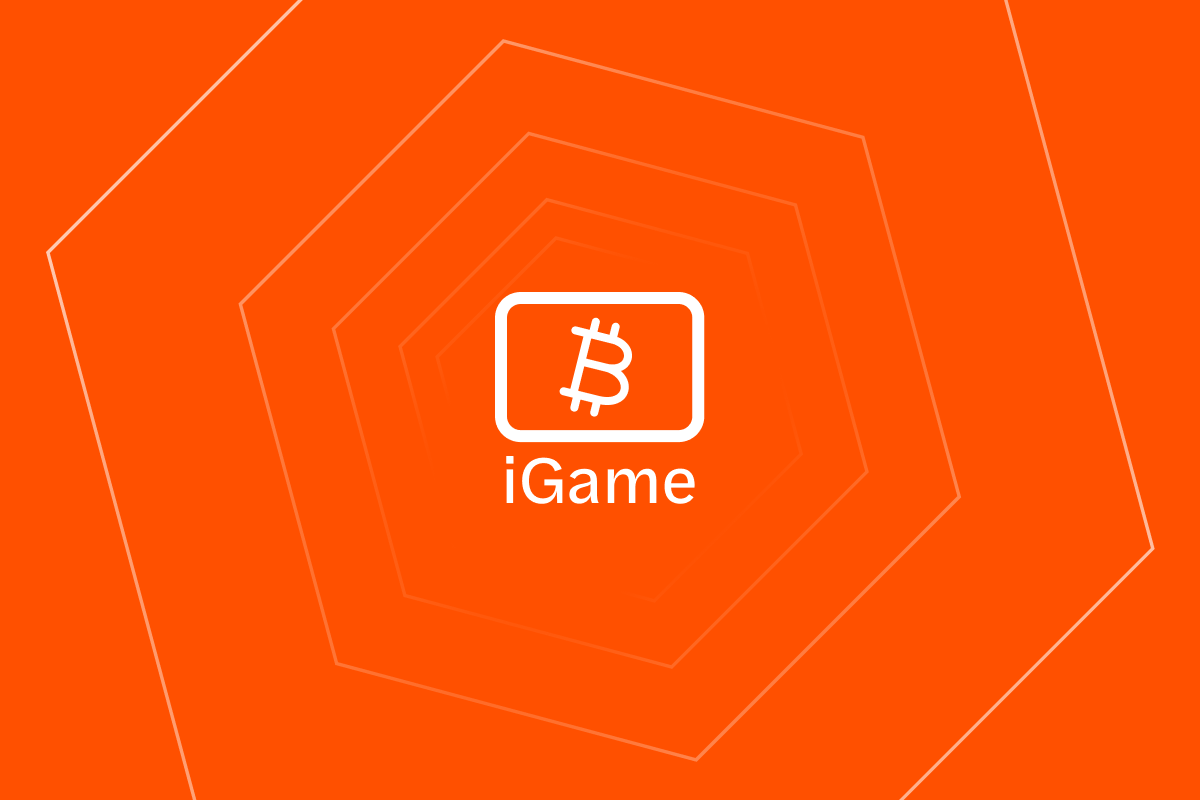Here's an update from the Voltage team on the latest FOSS Friday.
What is FOSS Friday?
FOSS Friday is our bi-weekly innovation day at Voltage! On these days, our team dives into the exciting world of FOSS (Free and Open Source Software). Why, you may ask? Well, Bitcoin and the Lightning network, the very core of our work, are open source technology.
As a bitcoin infrastructure company, we don't just use open source; we actively contribute to it. This is a symbiotic relationship for us: by contributing to these projects, we can do our part to bolster the bitcoin ecosystem while also uncovering fresh, innovative ideas.
What did we do?
Create Voltage App
Austin worked more on create-voltage-app, our CLI tool for creating boilerplate web applications connected to your lightning node. He made a lot of necessary under-the-hood improvements to how the CLI tool fetches read and invoice macaroons. He also updated the CLI’s interactive menu with a new color scheme.
Most importantly, he added voltage-tipper as an installable application! This lets you run the create-voltage-app tool to spin up a new voltage-tipper page that automatically connects to one of your lightning nodes and runs locally for development purposes!
Nostr Data Aggregator
Nostr’s flexible architecture becomes the subject of much debate: Is Nostr becoming too centralized around a few big relays? What relays are best for me to connect to? Which NIPs are supported by which relays? Are clients adopting certain NIPs?
tee8z and w3irdrobot’s thesis is that any conversation about these questions would be a lot easier if we had real data to look at. They decided to create a tool to collect as much data from Nostr as they can. They spent the day building a server process that finds Nostr relays and pulls down every note that it can from the relays. To test this out, they started with Kind 3 and Kind 10,002 notes.
After that, their aggregator stores all of this data in a DuckDB database. They created a basic web front-end so that they could create an end-to-end connection (pulling data from nostr relays, storing it in the DB, pulling it from the DB, and rendering it on the website).
In the future, they would like to expand the website with charts and graphs to present the data in a more meaningful way. The visualizations could explain how much a NIP is being adopted or which relays support which features. In the future, perhaps one could use this data to create an efficient algorithm to help decide which relays a client should use.
TwelveCash & Little
Stephen spent some time working on TwelveCash, opening a PR to fix an error with some hard coded domain names. This issue was blocking the launch of TwelveCash’s next feature release. Unfortunately, Stephen found a bug with the app’s confetti explosion and is refusing to merge this feature release until user delight is restored.
Stephen also worked on little, which is an experimental lightning node implementation built with LDK-Node. As the name implies, it’s a little lightning node. The intent is to build a node that is opinionated and meant to send and receive funds as quickly as possible with minimum system resources.
He updated and merged a PR where Brandon helped with adding REST and CLI architecture controls for the node, then opened another PR to actually create the lightning node when starting the daemon and a simple getinfo command. It’s simple and not ready for primetime, but this is how the sausage gets made.
—
That’s all for this week!




